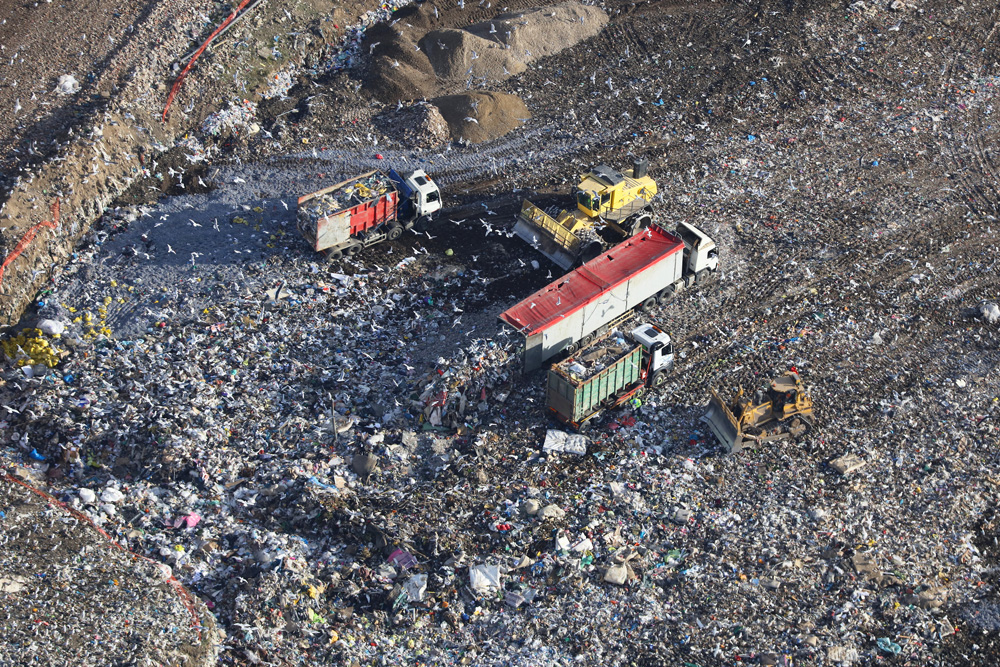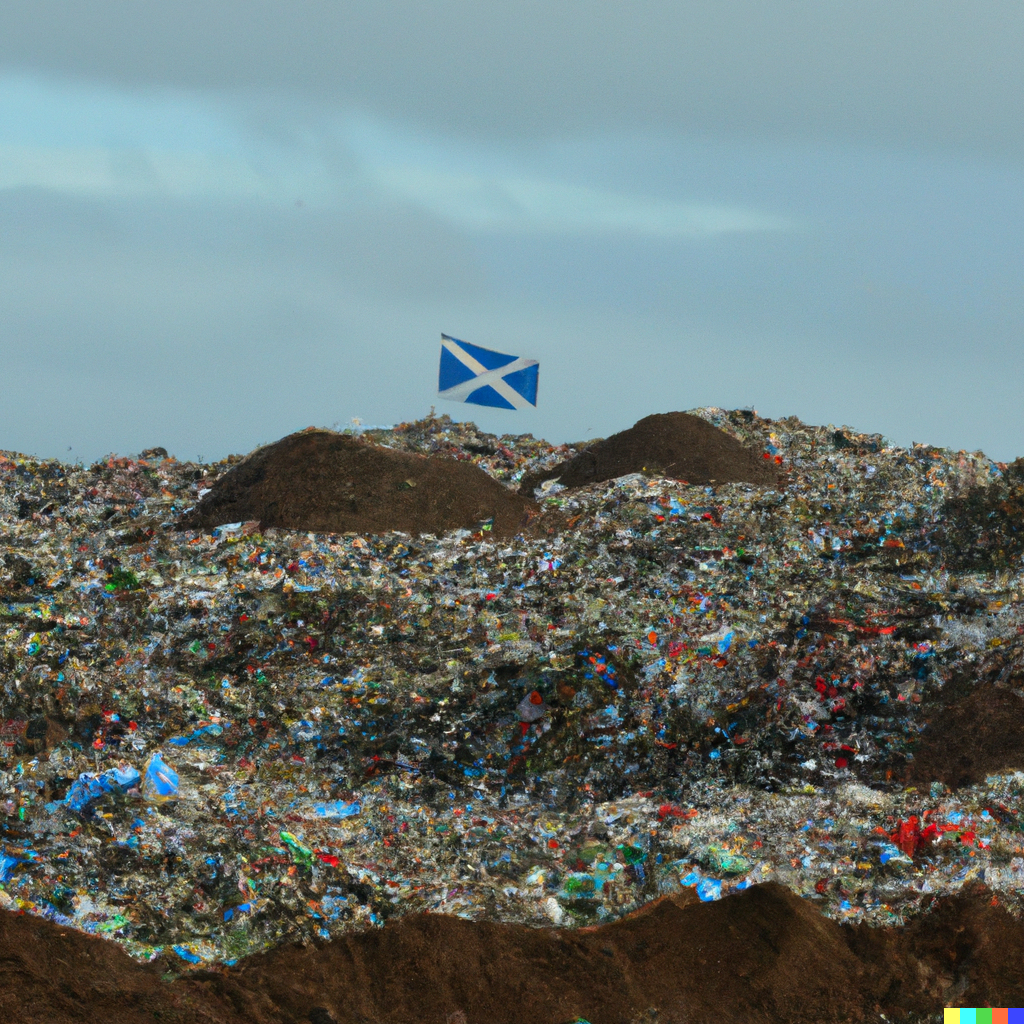The Environment Agency has warned that the 10 categories of waste electrical and electronic equipment (WEEE) covered by the producer responsibility Directive could become 13.
” We hope that the EU requests that producers simply have to specify how much EEE they produce and how much of that is exported.“
– Adrian Harding, Environment Agency
And, the Agency suggested that under the terms of the WEEE Directive producers could ultimately have to details of obligations in over 1,000 fields to register.
Under the Directive, producers of electrical appliances are to pay for the collection and recycling of equipment at the end of its life. While a 4kg per capita target has been set for collecting household waste electronics, all business WEEE must be collected for recycling.
In order to comply, producers would have to work out the amount of electronic waste they place on the market in each category – both in tonnage and in units.
Categories
But, Agency policy and regulation officer Adrian Harding said the 10 categories could become 13 with the splitting up of the category that includes cathode ray tubes, lamps and fridges.
As well as this, producers or their compliance schemes would have to provide details on how much household or business electronics are placed on the market – reported in both tonnage and units. If electrical items are exported to the EU or the European Free Trade Association – potentially about 20 different countries – details would have to be reported for every single destination country.
Speaking at the letsrecycle.com-organised WEEE seminar in London this week, Mr Harding insisted the Agency would be working to ensure that producers had as simple a task as possible.
| Related links: |
He said: “If producers have to work out the electronic equipment they put on the market into over 1,000 sections, it will be a slow process. It will take a long time to gather and log that information for producers and a cumbersome task for us to enter the details.”
Mr Harding said the EU had specified that it will require the detailed information for exports, but added: “We hope that the EU requests that producers simply have to specify how much EEE they produce and how much of that is exported.”











Subscribe for free